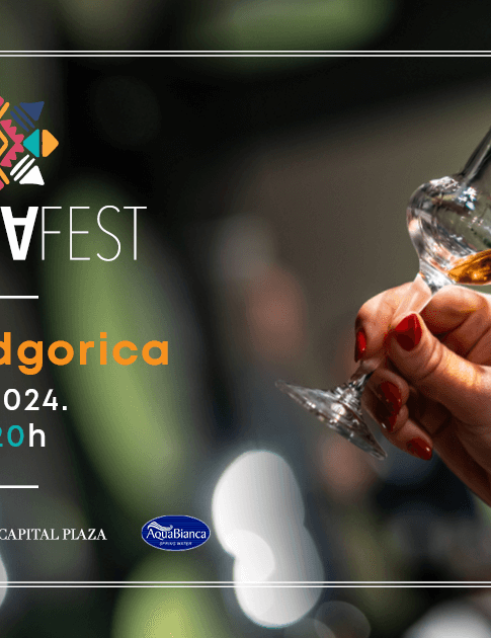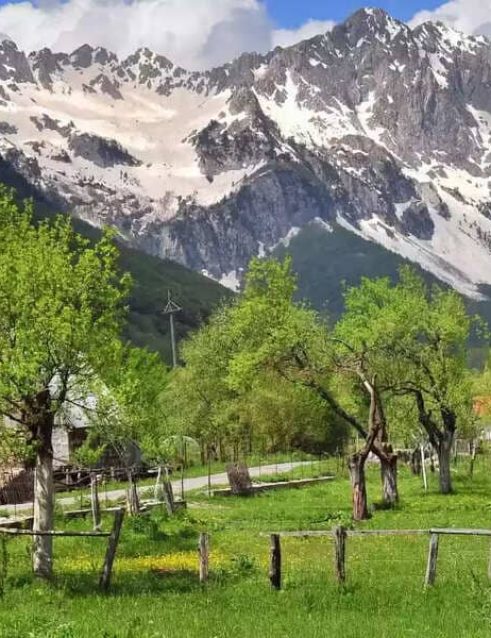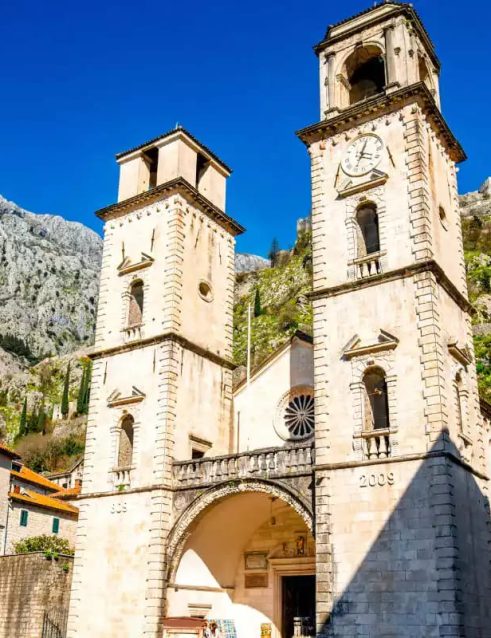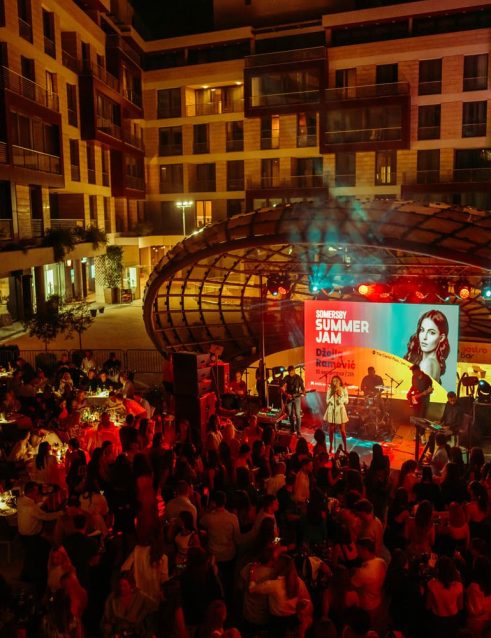Budva Old Town: A Journey Through Ancient Montenegro
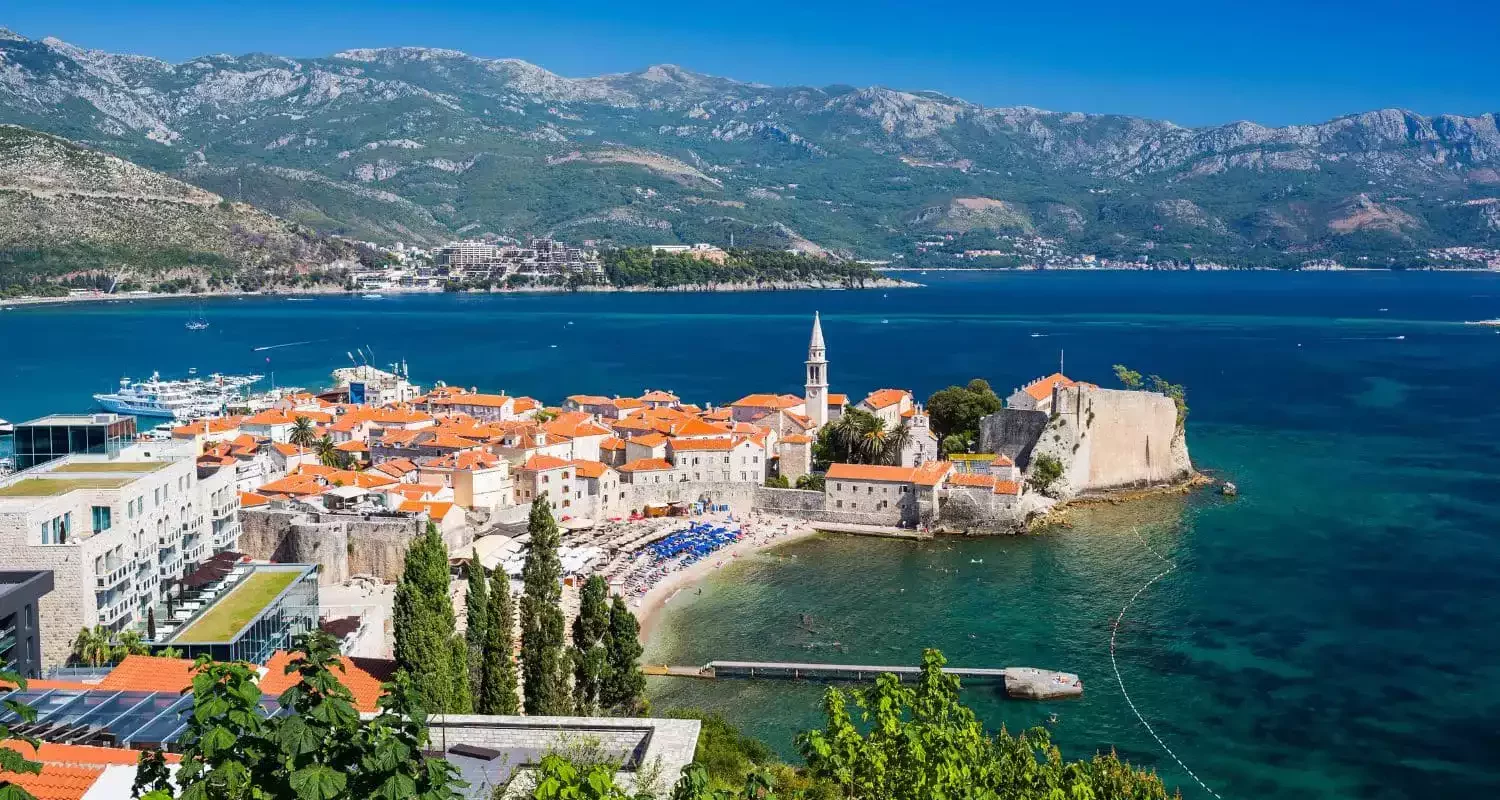
Dominating the skyline is the Citadel in Budva Old Town, a fortress that has protected the town from sea invasions for centuries. Visitors can explore various attractions, from the Church of St. John the Baptist to ancient Roman ruins, which provide a window into Budva’s storied past. This historic center serves not only as a cultural hub but also offers a picturesque setting along the stunning Adriatic Sea.
The charming Budva Old Town invites travelers to immerse themselves in its lively ambiance, where traditional Montenegrin culture thrives. With its rich history and scenic coastal beauty, Budva remains a jewel on Montenegro’s Adriatic coast, attracting tourists with its timeless allure and vibrant cultural life.
Historical Context and Architecture
Budva Old Town is a marvel of historical layers and cultural influences, with its foundations rooted in various ancient civilizations and its architecture showcasing diverse styles. The following sections provide a detailed look into its historical development and architectural significance.
Foundations and Growth
Budva Old Town, one of the oldest settlements on the Adriatic Coast, dates back to the 7th century. Initially established by the Greeks, it later became a significant Roman and Byzantine hub. The fortress walls, built by the Venetians in the 15th century, are still a dominant feature.
The town’s strategic position attracted various empires, including the Austro-Hungarian Empire and the Kingdom of Yugoslavia. Each left its mark, contributing to the town’s rich architectural tapestry. The Citadel, located in the southern part of the city stands as a symbol of Budva’s resilience and historical importance.
Significant Monuments
The Citadel is one of the most prominent structures in Budva Old Town. Built before 1425, it offers a glimpse into the town’s military past and provides panoramic views of the Adriatic Sea.
Another notable landmark is the Church of the Holy Trinity. Constructed in the early 19th century, this church is an excellent example of Eastern Orthodox architecture. The town’s City Museum, housed within a historic building, offers artifacts that trace Budva’s diverse cultural heritage.
The Porta di Terra Ferma, one of the main entrances to Old Town, welcomes visitors through the robust fortress walls. These walls, initially erected by the Venetians, have been a protective barrier for centuries.
Post-Earthquake Restoration
In 1979, a devastating earthquake struck Montenegro, causing significant damage to Budva Old Town. Many of its historic buildings, including parts of the fortress wall and the Citadel, sustained severe damage.
In response, a comprehensive restoration effort was launched. The reconstruction focused on preserving the architectural integrity of the town while making necessary modern reinforcements. Today, visitors can appreciate the meticulous restoration work that has restored Budva’s medieval charm.
Reconstruction efforts ensured structures like the fortified walls and the Citadel were carefully preserved. These restoration projects have allowed Budva Old Town to maintain its historical ambiance while accommodating the needs of a modern visitor.
Cultural and Urban Life
Budva Old Town offers a rich blend of cultural and urban experiences with its array of historical, religious, and entertainment venues. Visitors can explore ancient churches, modern galleries, and vibrant commercial districts that come alive during the summer months.
Religious and Cultural Institutions
The Church of Santa Maria in Punta is one of the oldest churches in the area, dating back to the 8th century. It, along with the Early Christian Basilica, showcases Budva’s ancient religious heritage.
Sveti Ivan (St. John’s Church) is notable for its bell tower and stunning views of the Adriatic Sea.
The town’s Ethnographic Museum provides insights into local culture and history, while the Gallery of Modern Art features works by contemporary artists, including pieces by Ivo Dulčić.
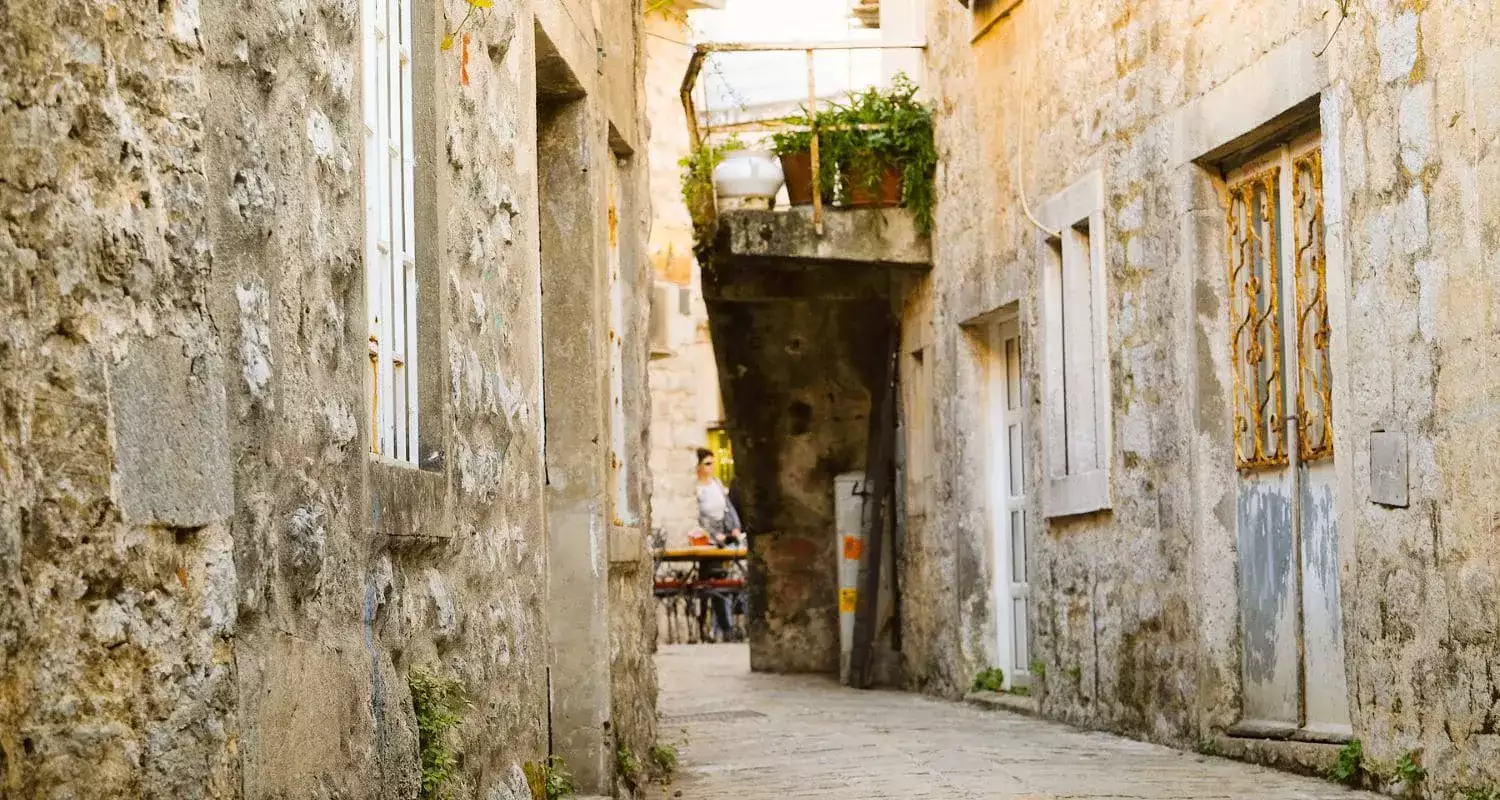
Commercial and Leisure Activities
The cobbled streets and squares of the Old Town buzz with activity, especially during the summer months. Numerous restaurants, shops, and cafes offer a variety of dining and shopping experiences.
The nearby beach serves as a perfect spot for relaxation and water activities.
Budva’s nightlife is equally vibrant, with an assortment of bars and clubs. Cultural events, such as the Budva Theatre City Festival, add to the dynamic urban atmosphere.
Natural Landscape and Surroundings
Budva Old Town is nestled within a breathtaking natural landscape that includes stunning beaches and captivating islands. These natural features make it a must-visit location for those looking to experience the vibrant coastal beauty of Montenegro.
Beaches and the Sea
Budva is famous for its alluring beaches that stretch along the Adriatic Sea. Mogren Beach is among the most celebrated, offering crystal-clear waters and picturesque views of the surrounding limestone cliffs. Visitors often find this spot ideal for both relaxation and adventure, with various water sports available.
The nearby Bečići Beach is known for its family-friendly atmosphere. This beach is perfect for leisurely strolls and taking in the stunning Montenegro coastline. Many luxurious resorts line the beach, providing top-tier amenities and making it an attractive destination for travelers.
The Budva Riviera, which encompasses these beaches, also provides unparalleled views of the turquoise waters of the Adriatic. This area is a favorite among tourists for its clear water and opportunities for sunbathing, swimming, and exploring marine life.
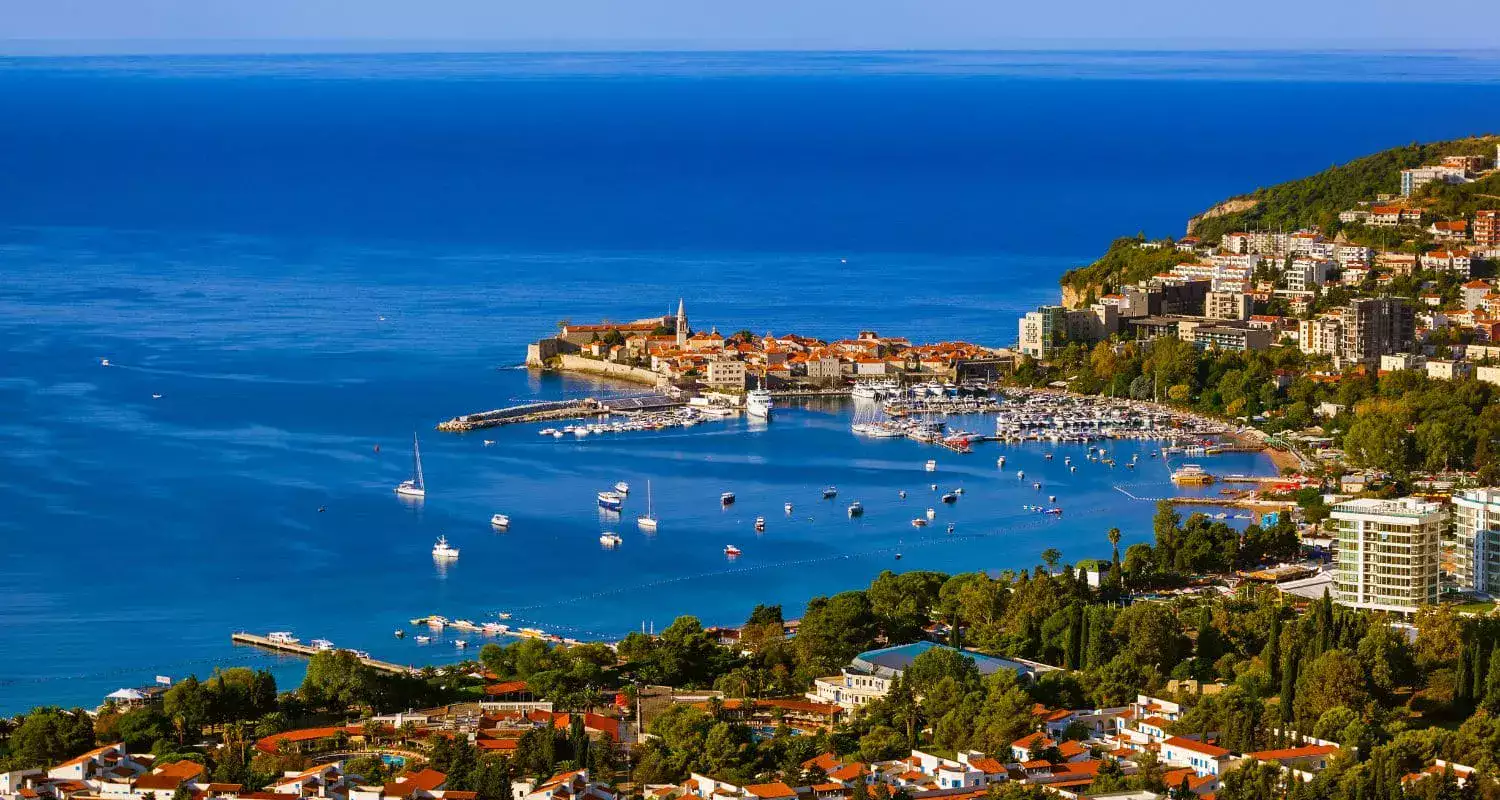
Islands and Peninsulas
Sveti Stefan and Sveti Nikola Island are standout features of the coastline near Budva. Sveti Stefan, now a luxury resort, was once a small fishing village on a peninsula. Its exquisite architecture and exclusive beach make it a captivating sight from both land and sea.
Sveti Nikola Island, often referred to as the “Hawaii of Montenegro,” is the largest island in Montenegro. It boasts serene beaches and lush vegetation, making it a peaceful retreat just a short boat ride from the Old Town.
For a comfortable stay while exploring Montenegro, consider CUE Podgorica hotel. This modern hotel offers excellent amenities, including spacious rooms, dining options, and easy access to major attractions. It’s an ideal base for your travels, providing a perfect blend of convenience and comfort.
Frequently Asked Questions
Budva Old Town, a well-preserved medieval city, offers a variety of sights, rich historical background, and navigational ease for visitors. Here are answers to some common questions about visiting Budva Old Town.
What is there to see in Budva Old Town?
Budva Old Town features historical landmarks, ancient churches, and scenic views. The Budva Citadel, a significant medieval stronghold, stands proudly overlooking the Adriatic Sea. Visitors can also explore notable attractions like the Church of St. John the Baptist which dates back to the 7th century.
When was Budva Old Town built?
Budva Old Town has a history dating back around 2,500 years. Its origins can be traced to its settlement by the Illyrians. Over the centuries, it has been influenced by various civilizations, including the Greeks, Romans, Byzantines, and Venetians, each contributing to its unique architecture and cultural heritage.
How do I find my way around Budva Old Town?
Navigating Budva Old Town is straightforward. The compact nature of the town allows visitors to explore it comfortably on foot. The bus station is situated about a mile north, providing a convenient entry point. A 20-minute walk from the station leads visitors through modern Budva before emerging into the historical old town.
What are the parking options available near Budva Old Town?
Parking near Budva Old Town includes several parking lots and street parking areas. Visitors may find dedicated parking zones within a short walking distance from the town. It is advisable to arrive early during peak tourist seasons to secure a spot, as parking spaces can fill up quickly.
How does Budva’s Old Town compare to Kotor’s Old Town in terms of tourist experience?
Budva’s Old Town offers a vibrant, historical experience with its well-preserved sites and coastal views. Compared to Kotor’s Old Town, which is also rich in history and architecture, Budva provides a more relaxed and diverse set of attractions. Both towns offer unique experiences, but Budva is noted for its seamless blend of medieval charm with modern amenities.




